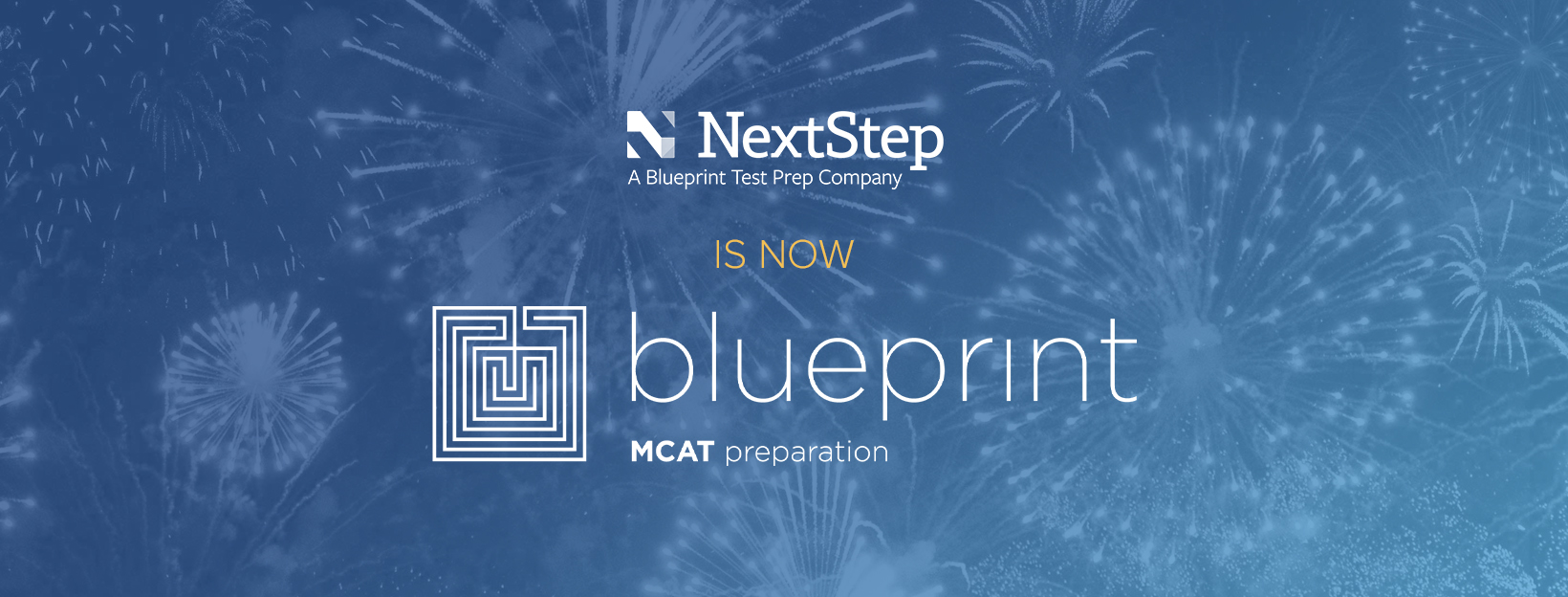Consider the following hypothetical reaction:
Q2 (g) + AX4 (g) → 2 QX2 (g) + A (g) ΔH = 23.4 kJ / mol
Which of the following is true regarding this reaction?
A) Spontaneous at all temperatures
B) Nonspontaneous at all temperatures
C) Spontaneous at low temperatures
D) Spontaneous at high temperatures
Explanation
Remember that to be spontaneous, a reaction must have a ΔG that is negative. To answer this question, start with the Gibbs Free Energy equation:
ΔG = ΔH – TΔS
The reaction starts with two moles of gas and ends with three moles of gas, so the ΔS is positive. ΔH is given as a positive number in the question. The equation now looks like this:
ΔG = (+) – T(+)
To make ΔG negative and the reaction spontaneous, we want a large T so that we’re subtracting a large positive number. Thus the answer is (D).
Want more MCAT practice?
We’ve got options for every schedule and learning style!
From the best online MCAT course created by top instructors with 524+ MCAT scores to the most representative full-length practice exams and private tutoring, we can custom tailor your MCAT prep to your goals!
Not sure which option is right for you? Schedule a free MCAT consultation with an MCAT expert using the form below. No obligation, just expert advice.
Search the Blog

Free Consultation
Interested in our Online MCAT Course, One-on-One MCAT Tutoring or Med admissions packages? Set up a free consultation with one of our experienced Senior Student Advisors.
Schedule NowPopular Posts
-
MCAT Blog What's on the MCAT?
-
MCAT Blog How to Review MCAT Full Lengths

Free MCAT Practice Account
Need great MCAT practice?Get the most representative MCAT practice possible when you sign up for our free MCAT Account, which includes a half-length diagnostic exam and one of our full-length MCAT practice exams.
Learn More





